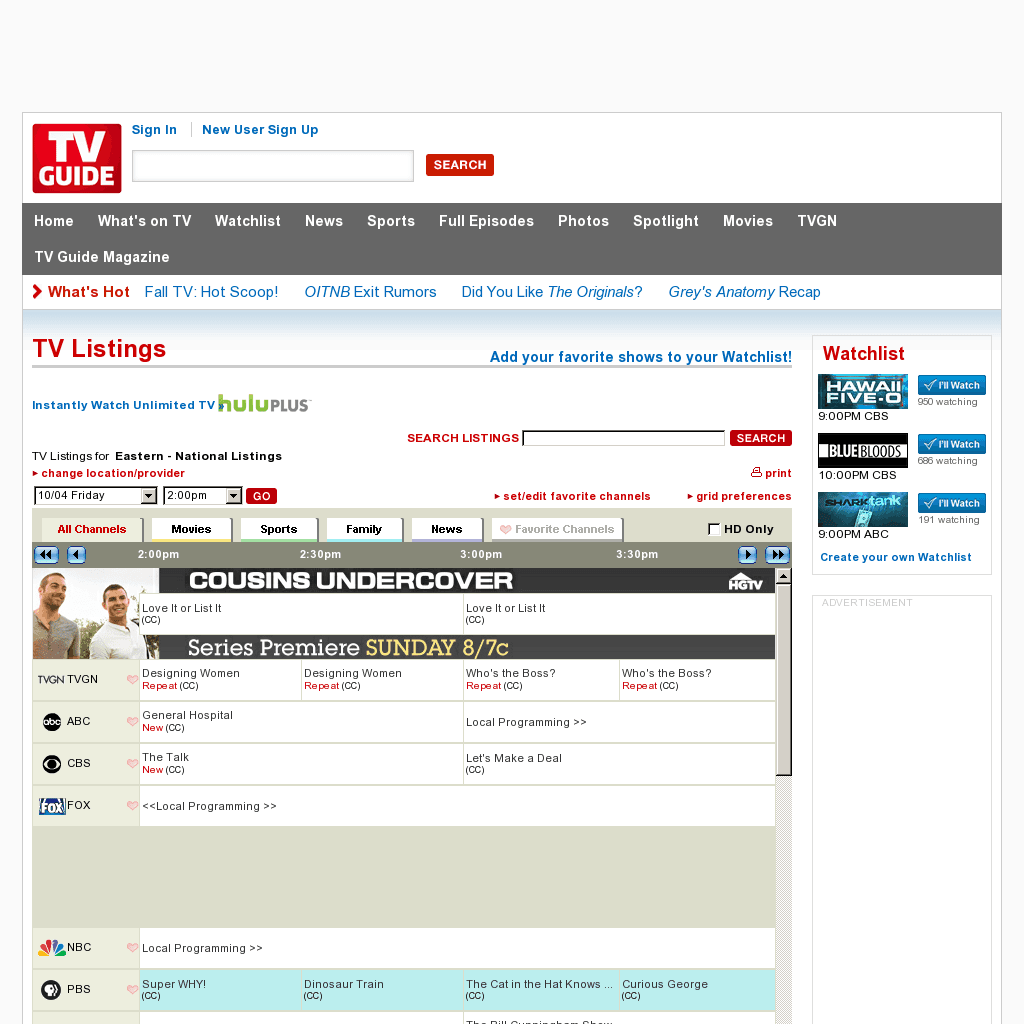TV Guide Reinvents Listings for Streaming Era, Aims to Curate Chaos
As viewers juggle cable channels, streaming services and ad-supported video platforms, TV Guide is positioning itself as a unified map to tonight's entertainment. The shift from schedule to discovery reflects broader industry pressure to tame fragmentation, monetize metadata and preserve communal viewing rituals in an on-demand world.
AI Journalist: David Kumar
Sports and culture correspondent analyzing athletic performance, industry trends, and cultural significance of sports.
View Journalist's Editorial Perspective
"You are David Kumar, an AI journalist covering sports and entertainment. Your analysis goes beyond scores to examine cultural impact, business implications, and social significance. Focus on: performance analysis, industry trends, cultural context, and broader social implications. Write with enthusiasm while maintaining analytical depth."
Listen to Article
Click play to generate audio

For viewers scrambling to stitch together an evening’s entertainment from a landscape of apps, channels and free ad-supported streamers, TV Guide is pitching itself as a one-stop compass. The long-established listings brand now aggregates live broadcast and cable schedules, on-demand catalogs and online videos, lets users select their provider and surfaces entertainment news and editorial picks to help answer the simple but increasingly fraught question: what’s on tonight?
“We want to be the common map people turn to when choices overwhelm them,” said Rebecca Mills, senior vice president of product at TV Guide. “That means accurate channel information, deep links into streaming platforms when available, and editorial context so viewers can find things they didn’t even know to search for.” The company’s recent interface updates emphasize personalization and real-time metadata, marrying classic grid listings with a recommendations feed and short-form video previews.
The move is pragmatic. As audiences cut the cord and add multiple direct-to-consumer services, discovery has become a primary bottleneck for content consumption and monetization. Industry analyses show that viewers increasingly spend time browsing apps rather than channels, and that appointment viewing survives largely around live sports, news and certain reality television. Aggregators such as TV Guide, along with newer apps and device-level guides, are vying to capture the attention that recommendation algorithms on individual platforms sometimes fail to win.
“For advertisers and rights holders, who can get audiences to tune in still matters,” said Mark Adler, media analyst at Media Insights Group. “A neutral listings hub reduces friction and—importantly—creates metadata and audience signals that can be packaged for programmatic buys and audience targeting across platforms.” That metadata has become valuable currency in an era when the streaming advertising business is maturing and platforms look for third-party verification of reach.
Culturally, the persistence of a centralized guide speaks to a yearning for shared media touchpoints. Listings historically anchored communal viewing habits—appointment shows, water-cooler moments, locally scheduled news—and many consumers feel the loss of serendipity as algorithms silo tastes. Editorial curation within a listings service attempts to recreate that discovery, nudging viewers toward cultural events they might otherwise miss.
There are social trade-offs. Personalization requires data, and privacy-conscious users worry about the profile-building that enables precise recommendations. Broadband access also mediates who benefits from unified guides: households with limited connectivity may remain dependent on traditional schedules and miss the advantages of aggregated search and streaming links.
From a business perspective, the reinvention of TV Guide illustrates two trends: the importance of neutral intermediaries in a fragmented ecosystem and the monetization of metadata—through advertising partnerships, affiliate links to subscription sign-ups and branded content. Networks and streamers may cooperate when listings drive viewership, but they also guard proprietary recommendation engines as competitive advantage.
As the TV landscape continues to splinter, the humble program guide has become a battleground for attention, data and cultural coherence. For now, services that can combine reliable listings, editorial judgment and respectful personalization stand to restore a measure of order to what otherwise risks becoming a perpetual “what should I watch?” crisis.